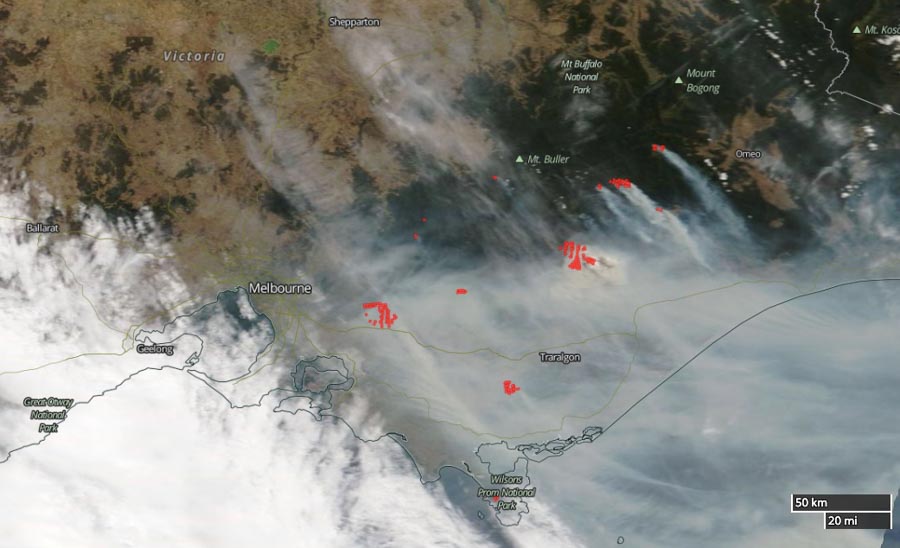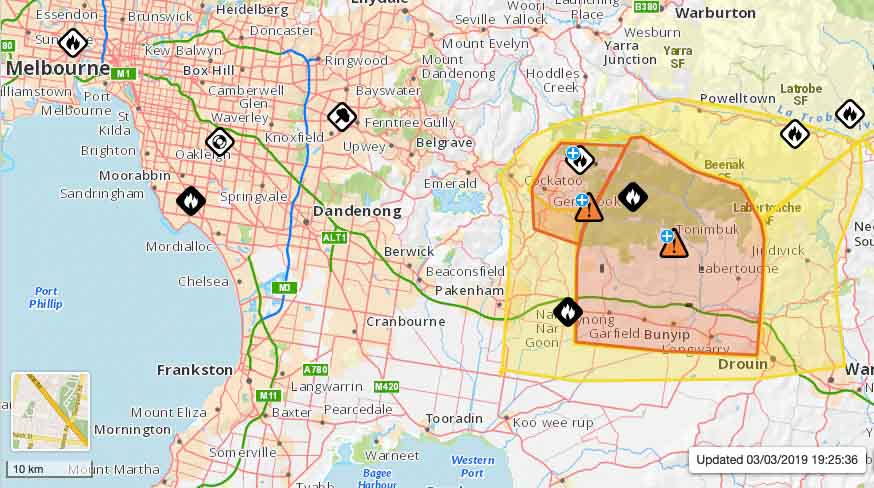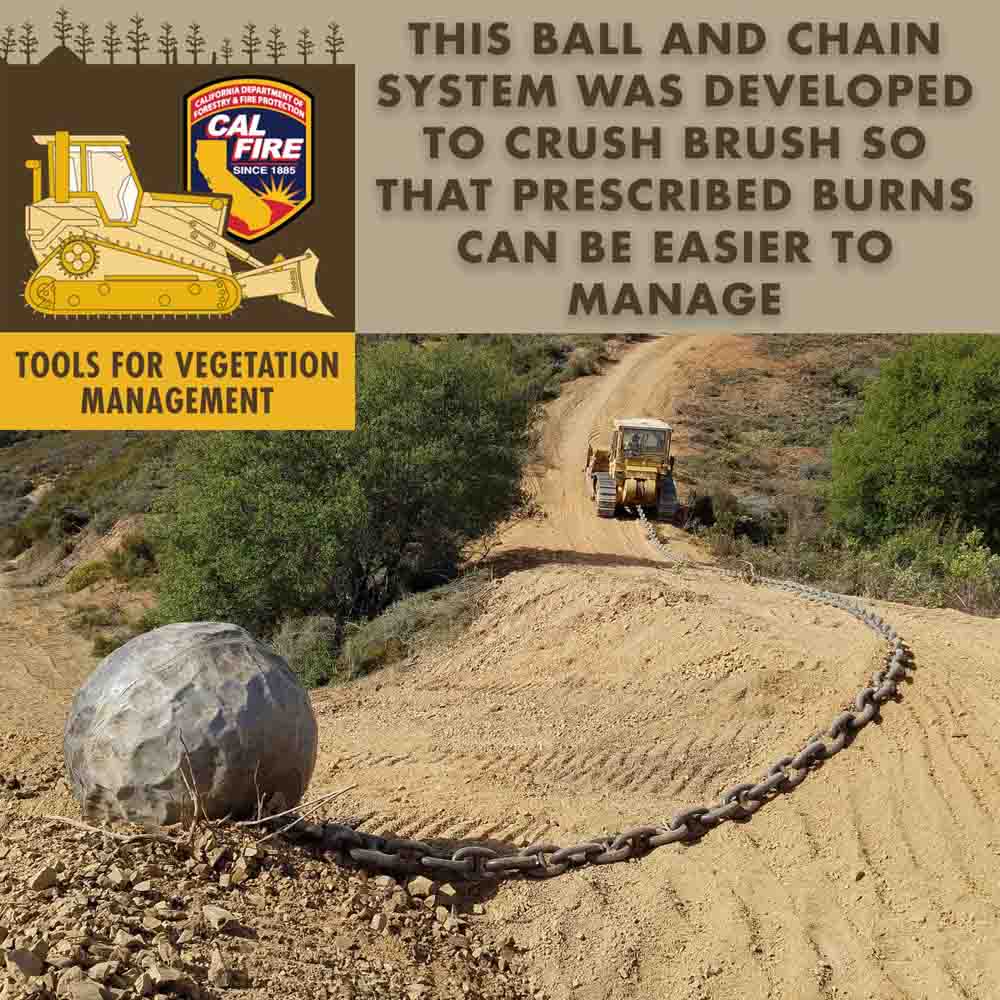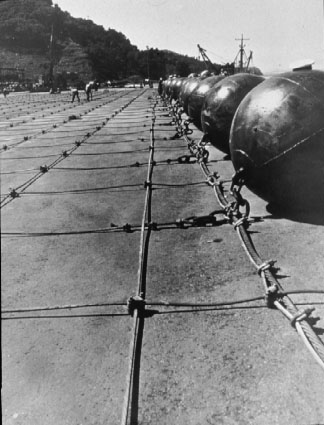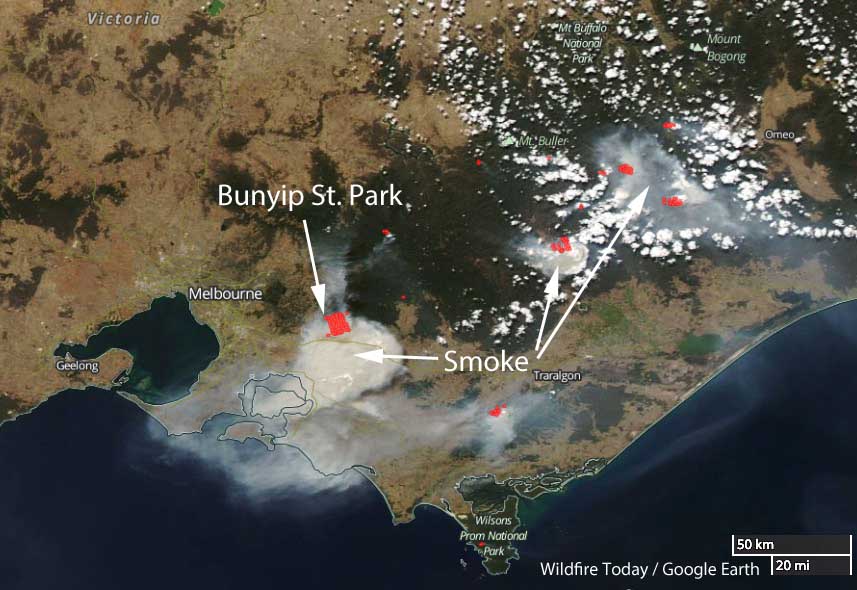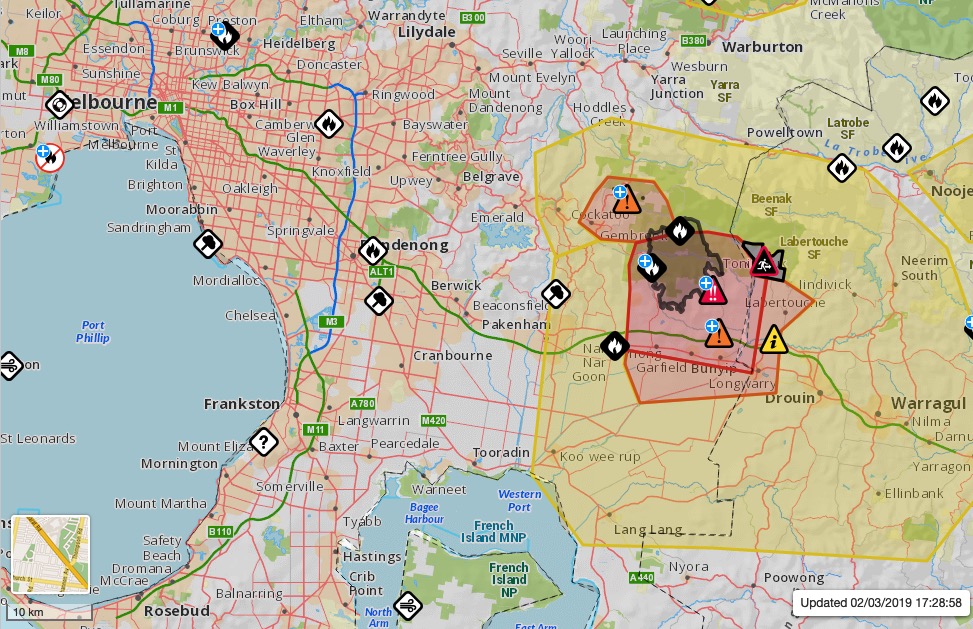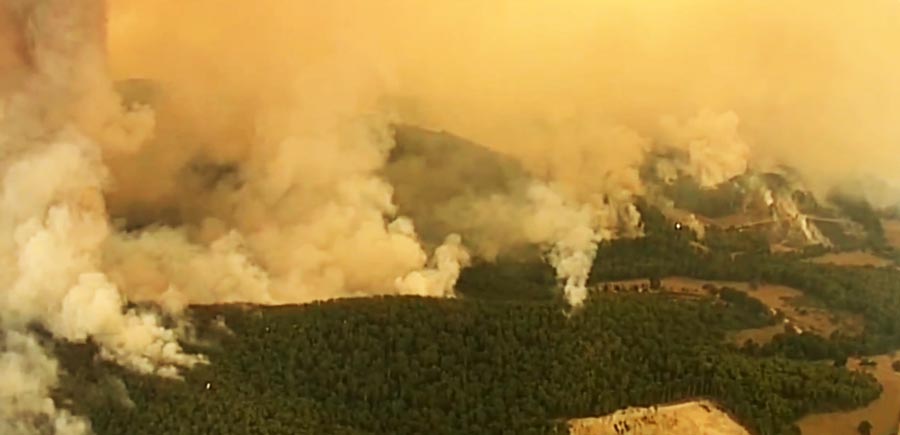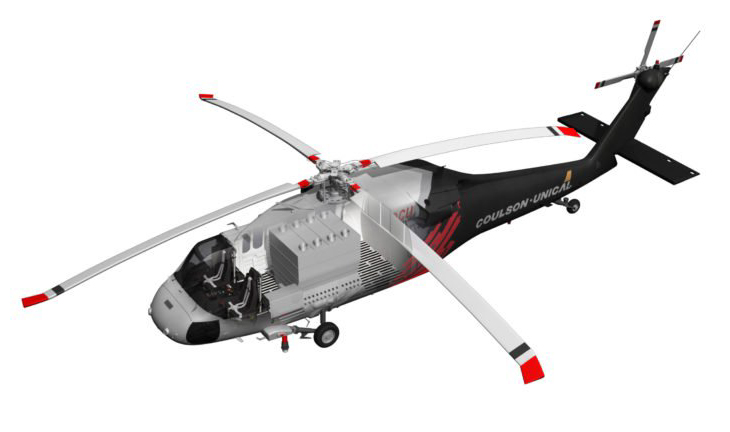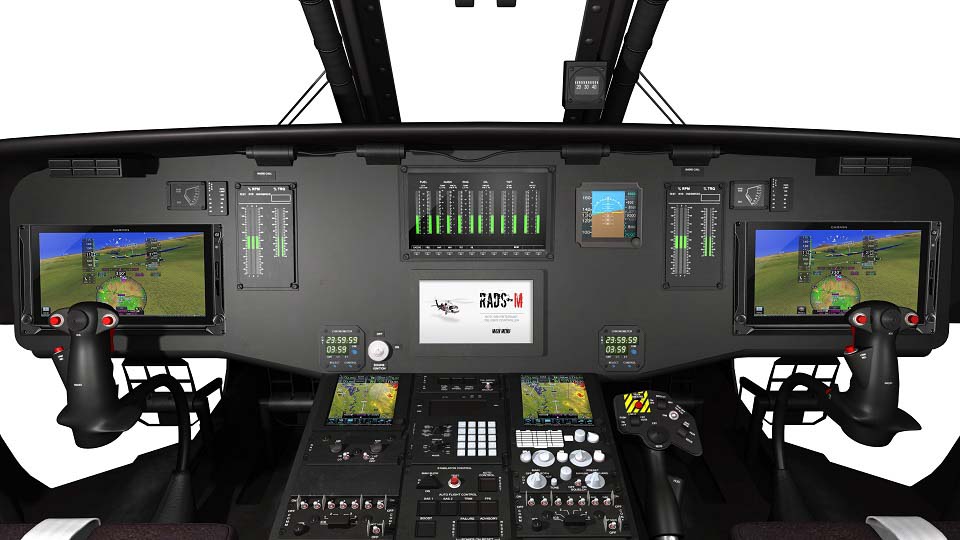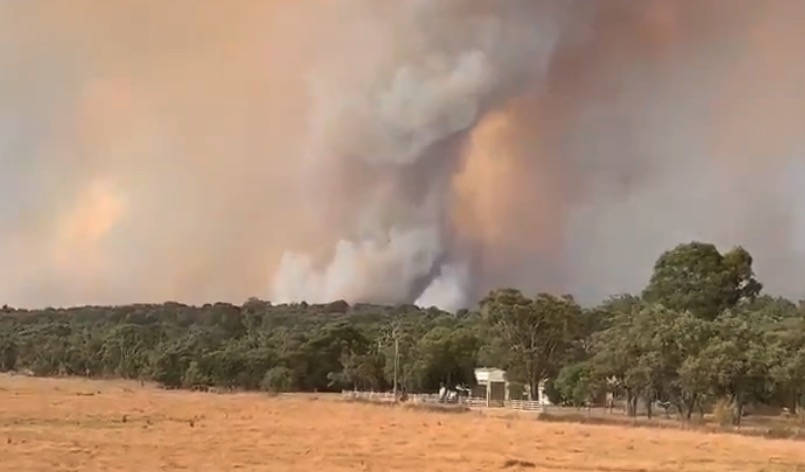(This article was first published at FireAviation)

Firehawk helicopters are becoming more popular across the wildland fire services, especially in California.
A rather loose definition of a Firehawk is a Blackhawk, a Sikorsky UH-60 or S-70i, usually with an aftermarket 1,000-gallon external water tank for fighting fires, and a suction hose for refilling while hovering.
The earliest Firehawk that we are aware of was used in 1998 when Los Angeles County leased one with a belly tank from Sikorsky for about four months. (I’m sure someone will correct me if there’s an earlier occurrence.) Since then many of the newly acquired firefighting helicopters have been, or will be, Firehawks. CAL FIRE has signed contracts and expects to have 12 brand new converted S-70i ships within three years. Their first fully modified aircraft should arrive in June. Other examples of Firehawks include — Los Angeles County’s five (not all are fully modified yet), San Diego Fire Rescue has a one (but it is not yet fully modified), Ventura County has started converting three HH-60L Blackhawks into Firehawks, and Coulson is partnering with Unical to convert about 10 UH-60 Blackhawks. There are also other companies that have various configurations of Blackhawks with tanks.
As far as I know most of the above ships will have external water tanks, which require installing a longer landing gear to raise the ship, making room for the belly tank. Coulson, on the other hand, is installing a version of their removable RADS tank internally, and at least one company, Simplex, for example, has built another version of a removable internal tank. The company had it on display last year in Sacramento and at HAI Heli-Expo in Atlanta today.


For the record, Sikorsky, the company that manufactures Blackhawks, does not support the use of an internal water tank in the ships. They are not worried about the floor being able to hold it, but are concerned that in the event of a hard landing the tank, especially when full, could pose a danger to the crew. A belly tank, their theory contends, would not threaten the crew as a projectile, but could crush under the aircraft, absorbing some of the energy — not unlike the crumple zone in the front of a well designed automobile.

